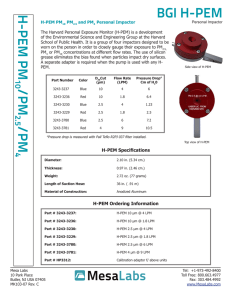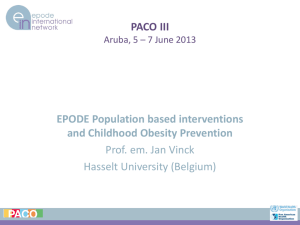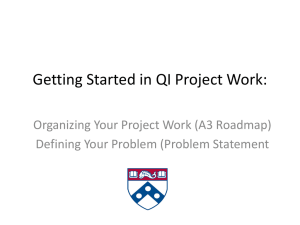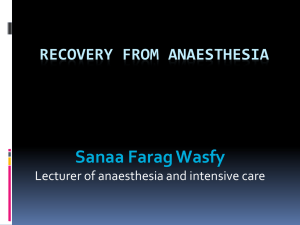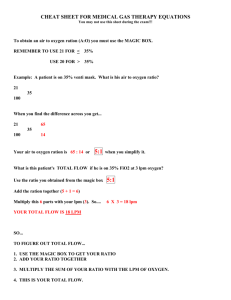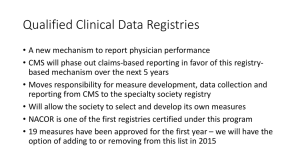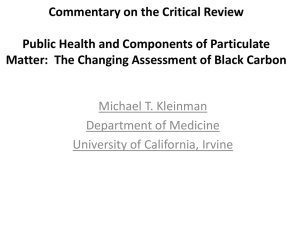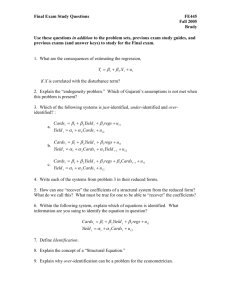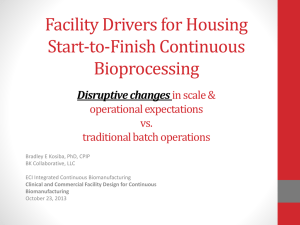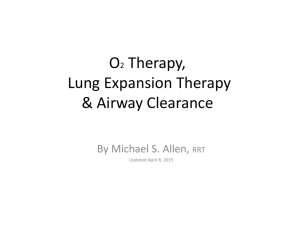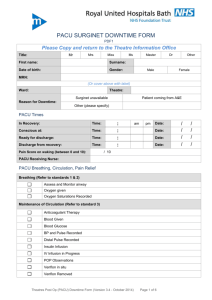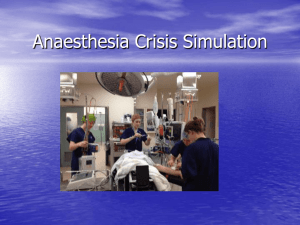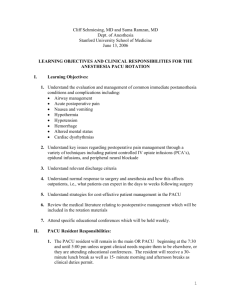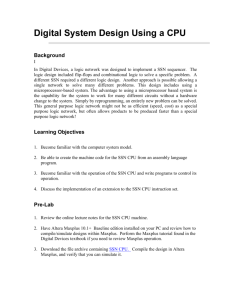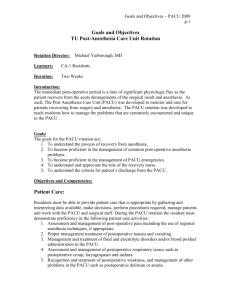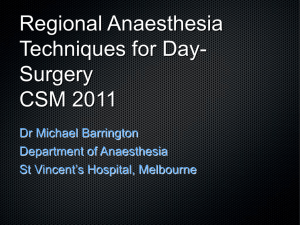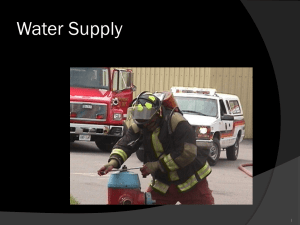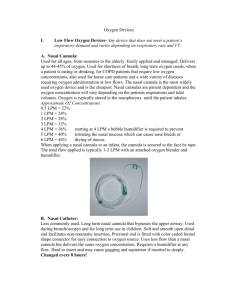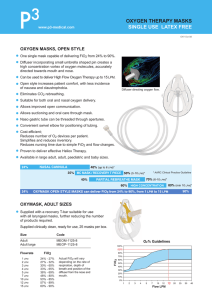High Flow or Low Flow - Post Anaesthesia Nursing New Zealand
advertisement
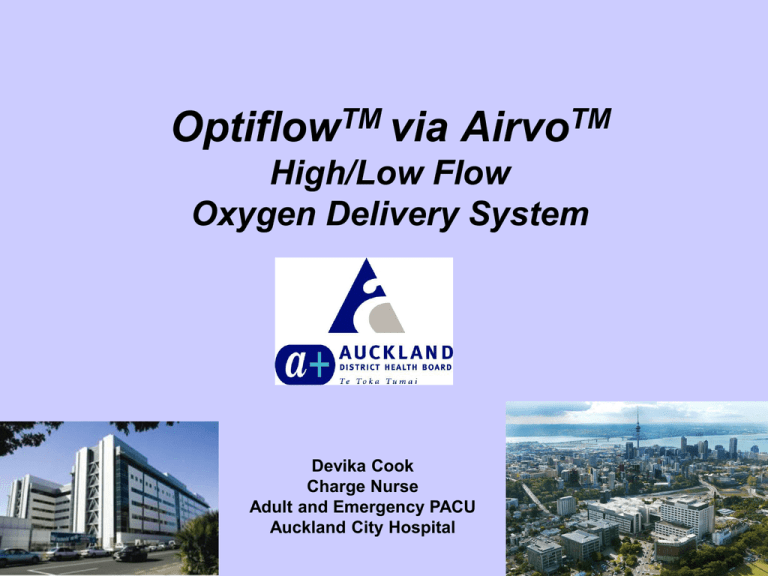
OptiflowTM via AirvoTM High/Low Flow Oxygen Delivery System Devika Cook Charge Nurse Adult and Emergency PACU Auckland City Hospital What is the definition of a double blind study? Two Orthopaedic Surgeons trying to read an ECG! Objectives OptiflowTM • Nasal High/Low Flow Oxygen Therapy • Designed to meet inspiratory demand • Provides natural balance of temperature and humidity • Low level positive airway pressure • Used in conjunction with the AirvoTM AIRVOTM • High-performance humidifier and integrated flow generator Consistent temperature & humidity level Accurate FiO2 with a constant flow rate Ability to alter flow rate (15-45 lpm and oxygen percentage 21-60%) Indications for Use • • • • • • • Increased respiratory demand Intolerance of conventional face mask Hypoxia/Emergence Agitation Major surgery – abdominal, head and neck High BMI Obesity Smoker Benefits • • • • • • Easy to implement Comfort → patient compliance Not affected by NGT Can prevent less invasive ventilation Direct Delivery to Naso/Oro-Pharynx Less dilution effect Benefits - cont • Warm humidified oxygen Less damage to mucosa • Improved gas exchange and O2 saturation • Decreased LOS in PACU • Transferable system for ward use Reduced care costs Disadvantage • No battery pack, dependent on AC power Case Study • • • • • • 34 year old male caucasian Post-Op Lap Appendicectomy ASA 1 – training for Auckland Marathon ? Aspirated on induction CXR – “slight” Pulmonary Oedema Decreased saturations in PACU Clinical Presentation • • • • • • • Patient not distressed Breathing not laboured Hudson Mask on 15 litres Persistent low sats 88-90% Nil complaints of Pain or PONV Circulation stable Medical request for CPAP circuit CPAP Circuit “Dolly Parton” OptiflowTM/AirvoTM Circuit Treatment • 1400 - OptiflowTM via AirvoTM commenced • Initially set for high oxygenation 15 lpm of oxygen (piped via flow meter) 15 lpm flow rate (generated by AirvoTM) Approximate oxygen concentration 63% • Arterial line inserted • ABG’s at 30 minute intervals Treatment - cont • 1500 – sats slight improvement to 92% • 1600 – sats up to 94% • 1630 – commenced weaning of O2 ↓Oxygen flow 7 lpm(50%) ↑Flow rate to 30 lpm Saturations constant in mid 90’s • Constant monitoring of ABG’s & pulse ox • OptiflowTM/AirvoTM titrated for effect AIRVOTM Table Outcome • • • • • • • • • Referred to HDU → “wait & see” Oxygen flow decreased incrementally Steady improvement in saturations Re-routing of ward Six hours later stable Oxygen flow ↓ 5 lpm Flow rate maintained at 35 lpm approx 32% Maintaining saturations at 97-98% 2000-transferred to Gen Surg ward with OptiflowTM/AirvoTM Resolution • 24 hours later CXR Pulmonary Oedema resolved completely • Maintaining adequate saturations on air • 48 hours – discharged home • Unable to complete the Marathon Conclusion • Early intervention with OptiflowTM/AirvoTM O2 delivery and humidification does have an impact on patient outcomes • Works relatively quickly – sustained effect • Suitable for patients when conventional masks are not feasible • Can decrease LOS in PACU “Simply Better Oxygen Therapy” Acknowledgements • Product Specialist F & P Annelise La Roche • Materials Management ACH • Nurse Educators PACU Liz Boucher & Penny Jones • Level 8 PACU RN’s For embracing the technique and ongoing support of the system The A, B, C of Anaesthesia • Airway • Bagel • Coffee

